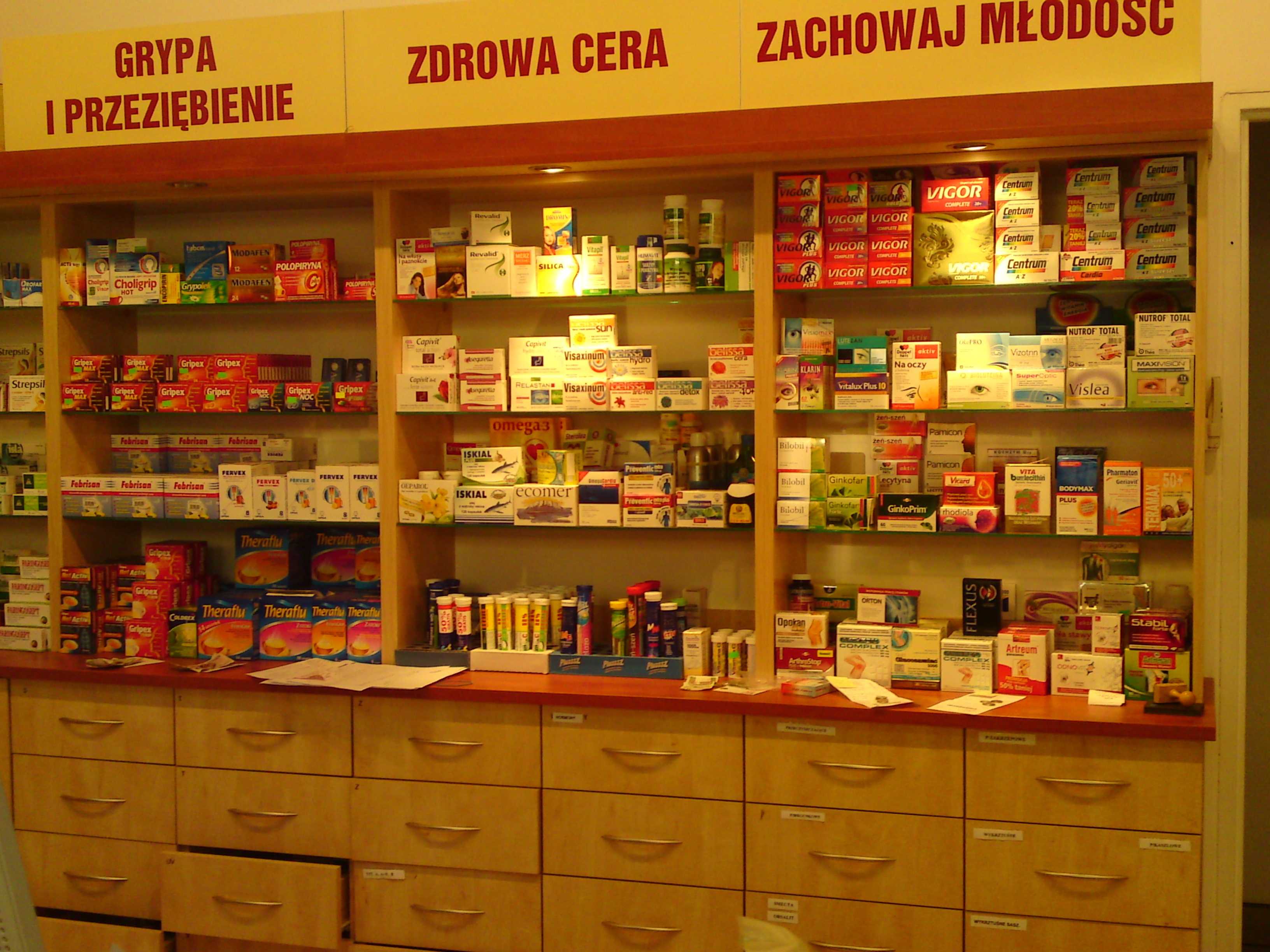-
Enzymes
Enzymes Enzymes are remarkable biological catalysts that accelerate chemical reactions within living organisms. These molecular workhorses are essential for processes like digestion (breaking down nutrients), energy transation, and macromolecule synthesis. Typically composed of proteins, enzymes have specialized pockets called active sites where they interact with substrates. Examples include amylase (digests starch), DNA polymerase (involved in…
-
Lipid Metabolism
Lipid metabolism Lipid metabolism encompasses the intricate processes that occur within cells, involving the synthesis, breakdown, and storage of fats. After digestion and absorption, fatty acids are transported and packaged for use. Key processes include lipogenesis (synthesis), lipolysis (breakdown), and beta oxidation (energy production). Cholesterol is also part of lipid metabolism. Animals utilize both dietary…
-
Inhibitors of ETC and Oxidative Phosphorylation
Inhibitors of ETC and Oxidative Phosphorylation In this article we will see Inhibitors of ETC and Oxidative Phosphorylation. Energy production within living organisms is a fascinating process that involves intricate biochemical pathways. One crucial aspect of energy generation occurs in the mitochondria through oxidative phosphorylation (OXPHOS) and the electron transport chain (ETC). In this article,…
-
Oxidative Phosphorylation
Introduction Oxidative phosphorylation is a vital metabolic process that occurs within the mitochondria. It involves two closely connected components: the electron transport chain (ETC) and chemiosmosis. The ETC, located in the inner mitochondrial membrane, consists of proteins and organic molecules. Electrons from molecules like NADH and FADH₂ move along the chain through redox reactions, releasing…
-
Hormonal regulation of blood glucose levels and diabetes mellitus
Introduction The hormonal regulation of blood glucose levels and diabetes mellitus involves a complex interplay of hormones, primarily insulin and glucagon, produced by the pancreas. Insulin facilitates the entry of glucose from the bloodstream into cells, where it is used for energy. Conversely, glucagon raises blood glucose levels by promoting the release of stored glucose…
-
Gluconeogenesis
Gluconeogenesis Gluconeogenesis is a metabolic pathway that results in the biosynthesis of glucose from certain non-carbohydrate carbon substrates. Gluconeogenesis is the process by which new glucose molecules are ed in the body. Unlike glucose derived from the breakdown of stored glycogen, gluconeogenesis creates glucose from non-carbohydrate sources. It mainly occurs in the liver, but smaller…
-
HMP Shunt pathway
Introduction The HMP shunt pathway, also known as the pentose phosphate pathway, is a metabolic alternative to glycolysis that works alongside it in some cells. Instead of focusing solely on energy production, the HMP shunt prioritizes producing two key things: building blocks for nucleic acids (RNA and DNA) and a special molecule called NADPH. NADPH…
-
Glycolysis- Pathway, Energetics and Significance
Glycolysis Glycolysis is the cellular breakdown of glucose, the sugar our bodies use for fuel, into pyruvate. This foundational process happens in the cytoplasm, the jelly-like center of most cells, and can function without oxygen. While it only directly generates a small amount of energy, it\’s like the appetizer to the main course of energy…
Search
Archive
Categories
Recent Posts
Gallery








